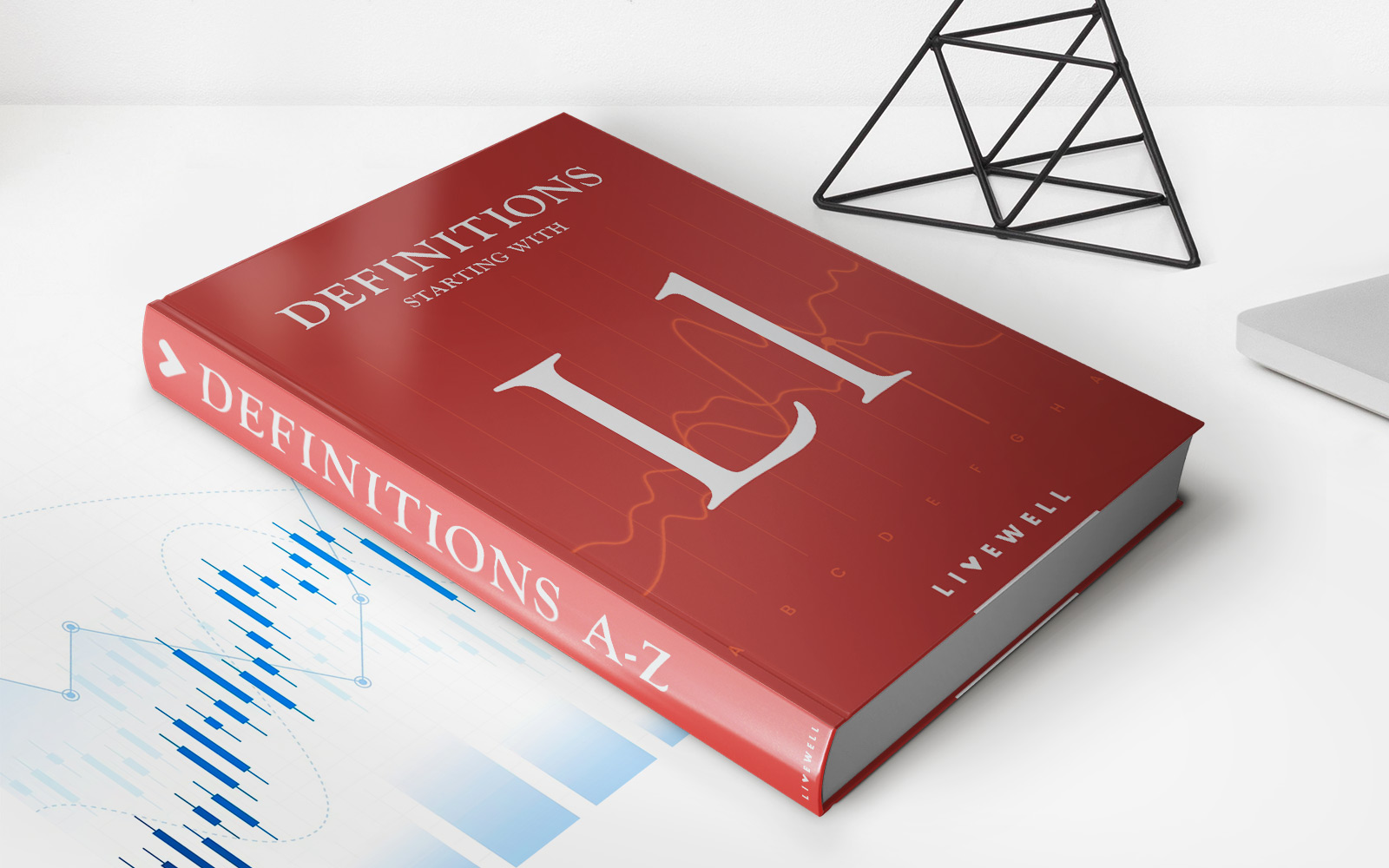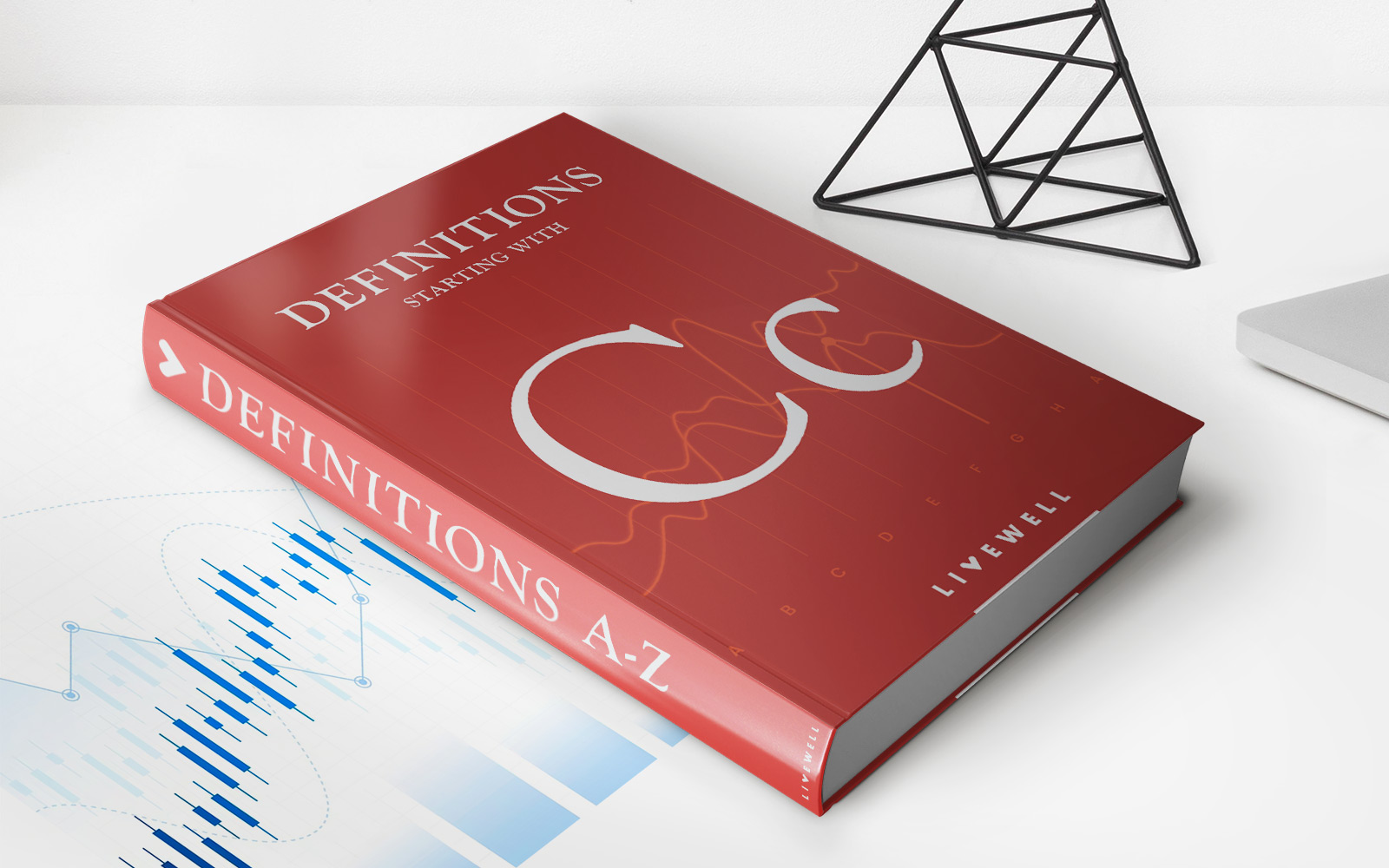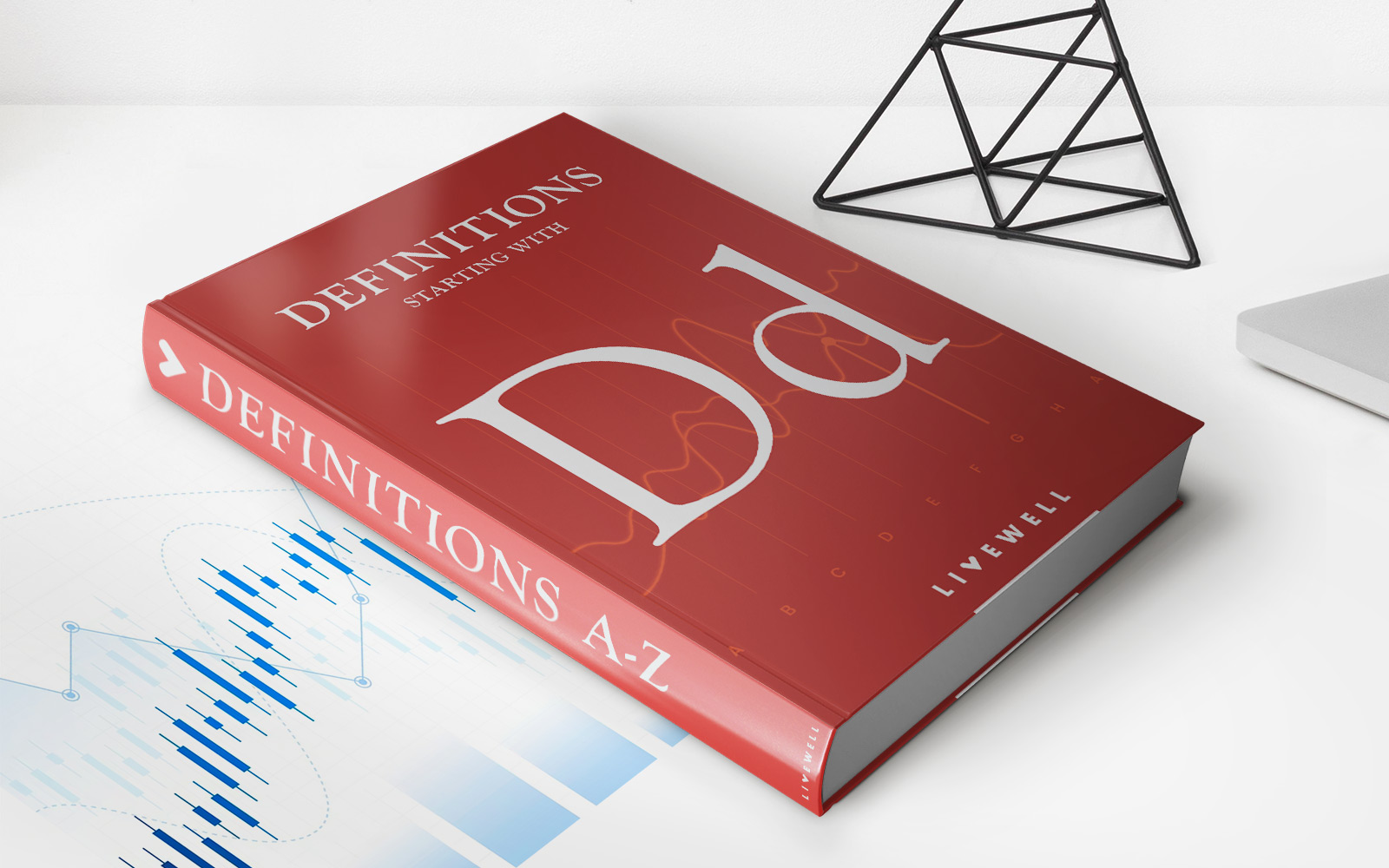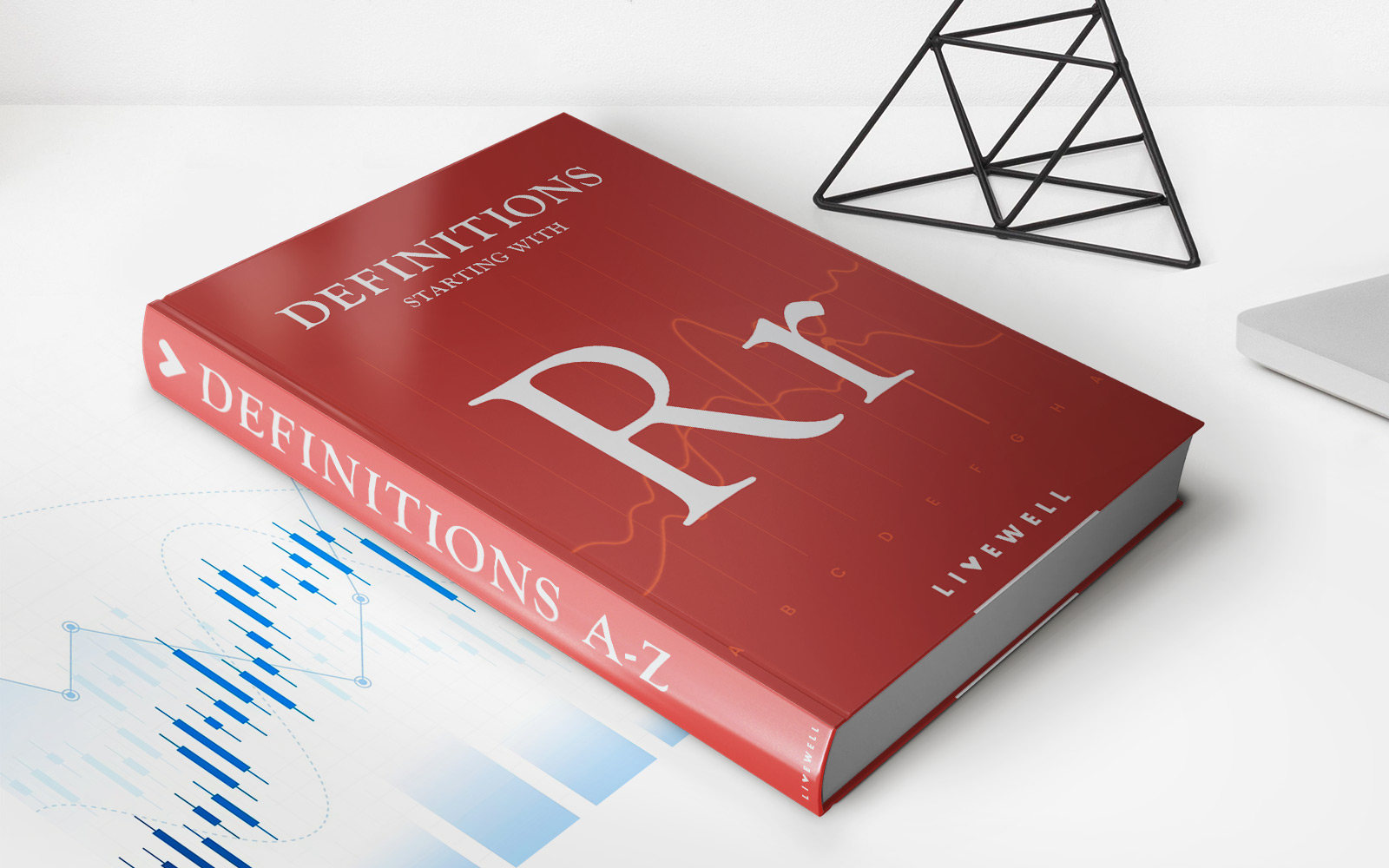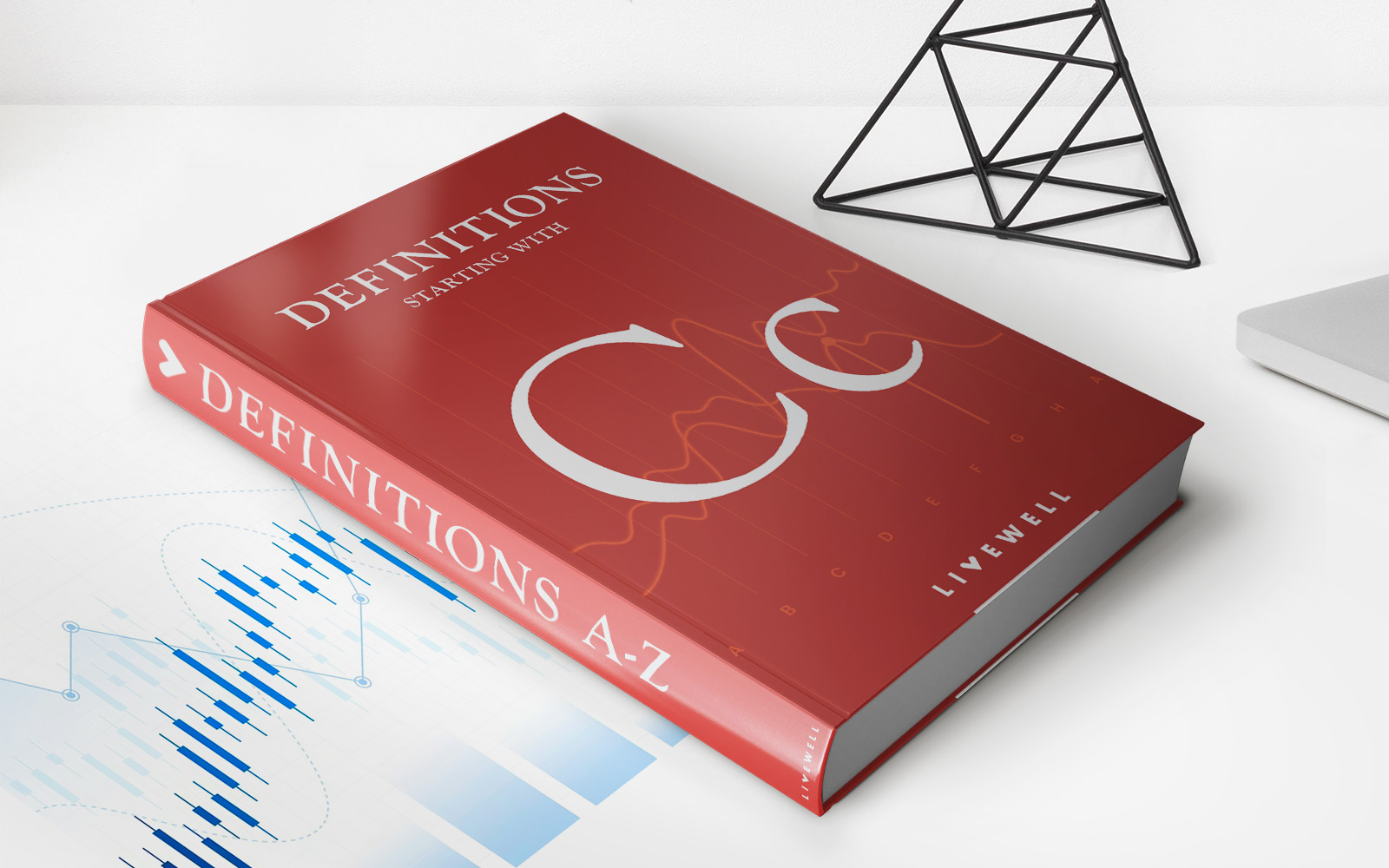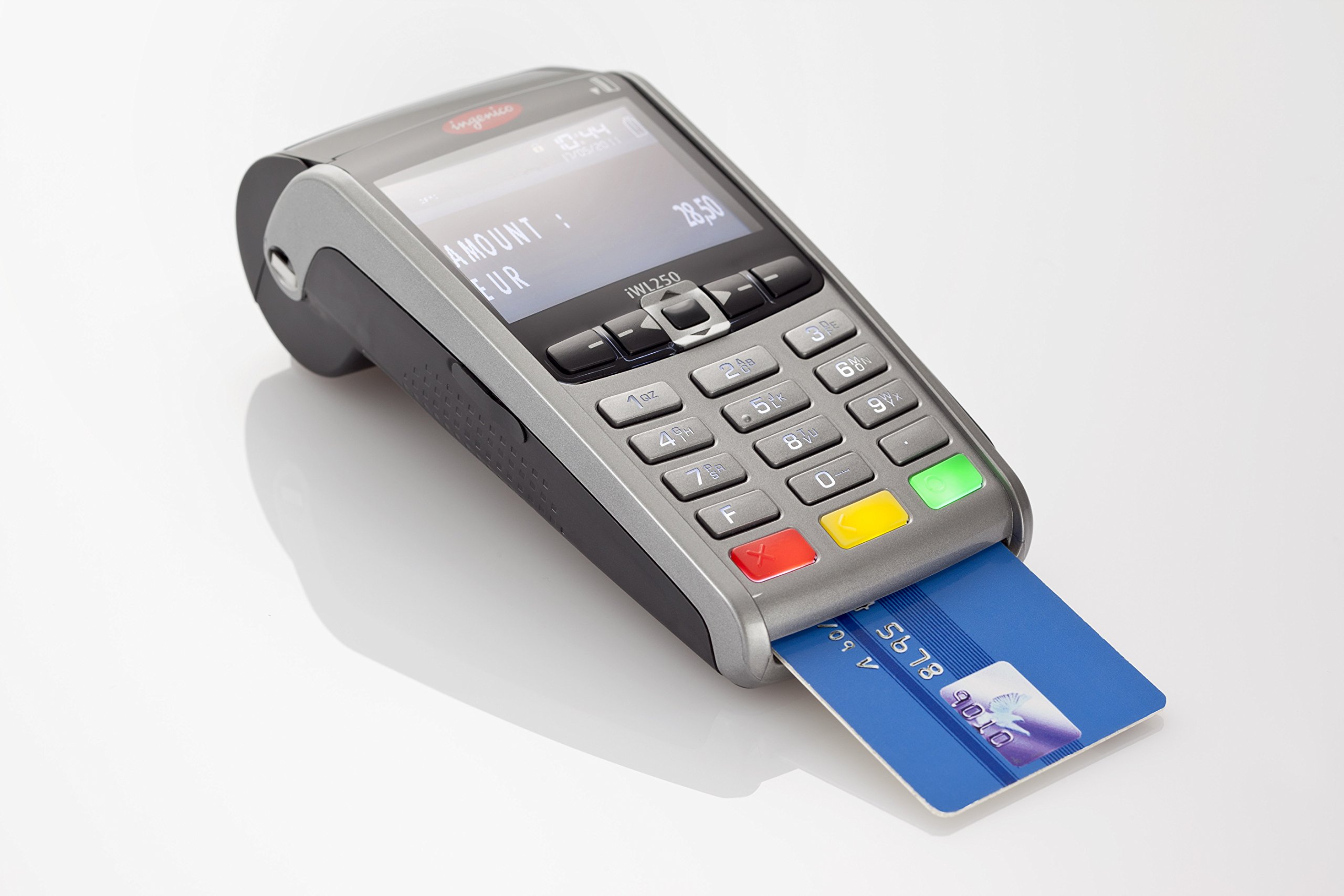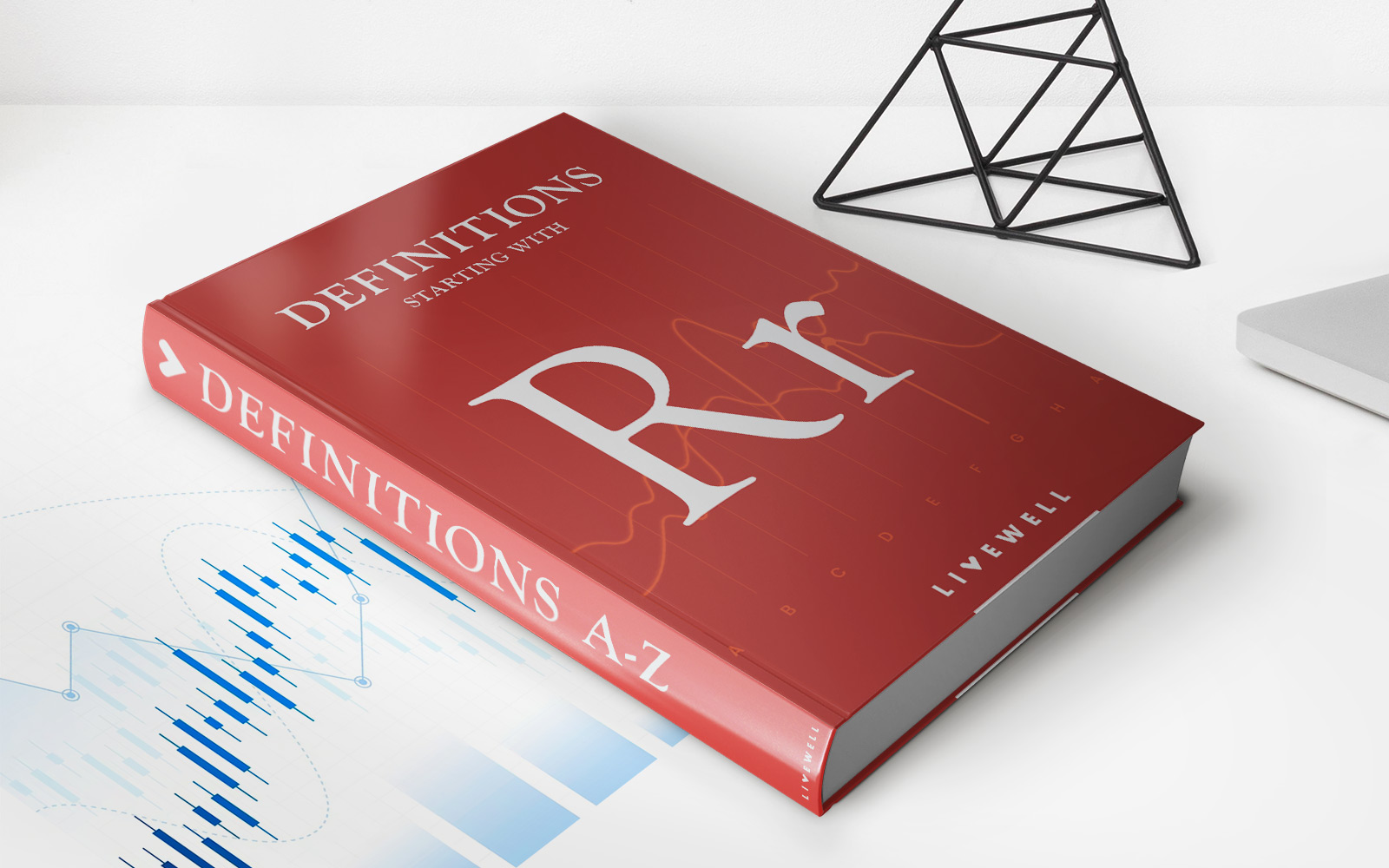Home>Finance>90/10 Strategy: Definition, How It Works, Examples


Finance
90/10 Strategy: Definition, How It Works, Examples
Modified: October 11, 2023
Learn about the 90/10 strategy in finance - its definition, how it works, and discover real-life examples. Achieve financial success with this effective approach.
(Many of the links in this article redirect to a specific reviewed product. Your purchase of these products through affiliate links helps to generate commission for LiveWell, at no extra cost. Learn more)
Unlocking Financial Success: The 90/10 Strategy
When it comes to managing our finances, it’s essential to have a solid plan in place. Whether you’re trying to save for a rainy day, pay off debt, or achieve your long-term financial goals, having a strategy can make all the difference. One popular approach that has gained significant traction in recent years is the 90/10 strategy. In this blog post, we will dive into the definition of the 90/10 strategy, how it works, and provide some real-life examples to help you understand its potential benefits. So, if you’re ready to take control of your finances, let’s dive in!
Key Takeaways:
- The 90/10 strategy is a financial approach that encourages individuals to allocate 90% of their income towards essential expenses and savings, and the remaining 10% towards personal enjoyment or discretionary spending.
- This strategy helps you prioritize your financial goals while still allowing for some guilt-free splurging, creating a healthy balance between responsible financial decisions and enjoying the present.
What is the 90/10 Strategy?
The 90/10 strategy, as the name suggests, involves dividing your income into two categories: essentials and personal enjoyment. Under this approach, you allocate 90% of your monthly income towards your essential expenses and savings, leaving the remaining 10% for personal enjoyment or discretionary spending.
In the 90% category, you would include expenses that are necessary for your everyday living, such as rent or mortgage payments, utilities, groceries, transportation costs, insurance premiums, and investments towards your future. By prioritizing these expenses, you ensure that your financial foundation remains strong and secure.
The 10% category is where the fun begins. This sliver of your income can be used for discretionary spending, such as dining out, entertainment, hobbies, or any other personal indulgences you enjoy. This portion of your income is meant to bring joy and fulfillment to your life, without compromising your financial stability.
How Does the 90/10 Strategy Work?
Implementing the 90/10 strategy may seem straightforward, but it requires discipline and careful budgeting. Here’s a step-by-step breakdown of how you can make this strategy work for you:
- Calculate Your Income: Begin by determining your total monthly income.
- Allocate 90% for Essentials and Savings: Dedicate 90% of your income towards essential expenses such as housing, utilities, groceries, and savings for emergency funds, investments, or retirement.
- Set Aside 10% for Personal Enjoyment: Use the remaining 10% of your income for discretionary spending, treating yourself to activities, hobbies, or experiences that bring you joy and fulfillment.
Remember, the 90/10 strategy is customizable and can be adjusted based on your financial goals and lifestyle. What’s important is finding the right balance that aligns with your needs and priorities.
Real-Life Examples of the 90/10 Strategy
Here are a few examples illustrating how the 90/10 strategy can be applied in different financial scenarios:
- Example 1: Sarah earns $3,000 per month. She allocates $2,700 (90%) towards essential expenses and savings, such as rent, groceries, savings accounts, and retirement funds. The remaining $300 (10%) is used for dining out, going to the movies, or pursuing her hobbies.
- Example 2: Michael has a monthly income of $5,000. He budgets $4,500 (90%) for essential expenses and savings, which includes his mortgage payment, utility bills, groceries, and investments in stocks. He sets aside $500 (10%) for activities such as weekend getaways, concerts, or trying out new restaurants.
As you can see from these examples, the 90/10 strategy provides individuals with the flexibility to enjoy life while still maintaining financial stability and working towards long-term goals.
In Conclusion
The 90/10 strategy is a powerful tool that allows you to strike a balance between financial responsibility and personal enjoyment. By allocating 90% of your income towards essential expenses and savings, you establish a strong financial foundation, while the remaining 10% allows for guilt-free indulgence in activities that bring you joy.
Remember, everyone’s financial situation is unique, so it’s important to tailor the 90/10 strategy to fit your needs and goals. By implementing this approach, you’ll be well on your way to unlocking financial success and living a life that is both responsible and fulfilling.
So why wait? Start applying the 90/10 strategy today and take control of your financial journey!
